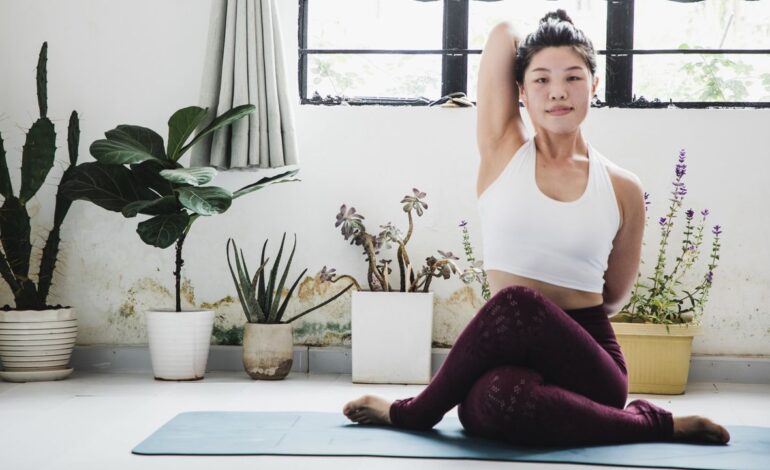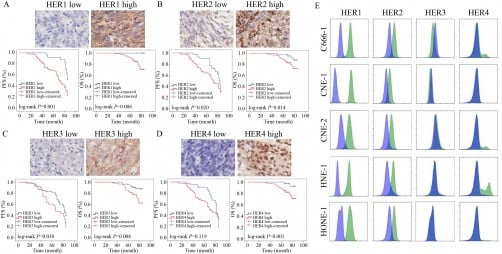Unlocking Mobility: How Cow-Face Pose Transformed Flexibility in One Week

The cow-face pose, known as Gomukhasana in Sanskrit, has recently gained attention for its effectiveness in enhancing flexibility and relieving tension in key muscle groups. Practitioners report significant improvements in hip, shoulder, and glute mobility after just one week of dedicated practice, making it a valuable addition to any fitness routine.
Understanding Cow-Face Pose
Cow-face pose is a seated posture that requires stacking the knees and drawing the heels close to the body. While its name is derived from the supposed resemblance to a cow’s face, many find it difficult to see the similarity. Regardless, the pose is celebrated for its ability to stretch the glutes, open the hips, and improve posture. For those new to yoga or with tight shoulders, modifications are available to make the pose more accessible.
To perform the full expression of cow-face pose, begin by sitting on a yoga mat. The right leg crosses over the left, with knees stacked. The right heel should rest near the left hip, while the left knee bends to bring the left heel close to the right hip. Reaching one arm overhead and the other behind the back to clasp hands can enhance the stretch. Practitioners can alternate sides to achieve a balanced stretch.
Personal Experience and Benefits
A dedicated practice of cow-face pose, performed twice daily for 30 seconds per side over one week, can yield notable results. For individuals with tight shoulders or mobility issues, such as a rotator cuff problem, this pose offers an immediate sense of relaxation. The practitioner in this case experienced increased openness in the hips and shoulders, with a particular emphasis on the glutes.
This stretch not only targets the outer hips but also engages the glutes and the iliotibial (IT) band. The static stretch along the triceps and shoulders can lead to improved upper body flexibility, benefiting the rotator cuff muscles. Many practitioners report feeling taller and more aligned after consistent practice, as the pose encourages an upright posture.
Moreover, yoga is fundamentally about the connection between movement and breath. While practicing cow-face pose, focusing on deep breathing can enhance relaxation and mindfulness. Even when experiencing discomfort, the pose can provide a sense of calm, aiding concentration and emotional balance.
One significant observation during practice is the asymmetry in flexibility. Many individuals find that one side of their body is tighter than the other, which can highlight imbalances. For instance, the practitioner noted difficulty in clasping hands behind the back with the left arm on top, suggesting tighter muscles on that side.
To address these imbalances, using props such as yoga blocks or resistance bands can facilitate better alignment and comfort. Consulting a qualified yoga instructor for advice on modifications and proper alignment is also recommended, as personalized guidance can enhance safety and effectiveness.
In summary, the cow-face pose has proven to be a beneficial stretch, particularly for those with tight hips and shoulders. After just one week of practice, noticeable benefits emerged, including improved flexibility and a greater sense of alignment. While mobility improvements often come from a variety of exercises, cow-face pose stands out for its intensity and accessibility, making it a worthwhile addition to any fitness regimen.






